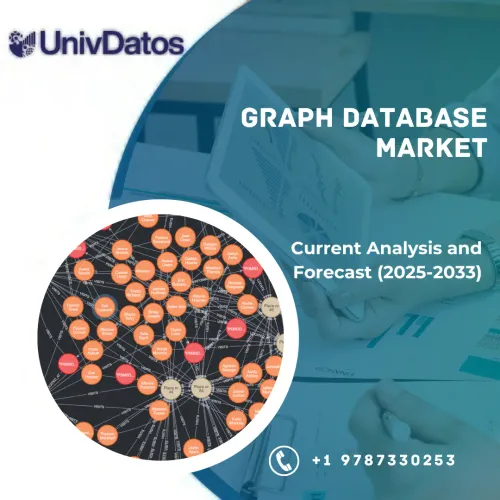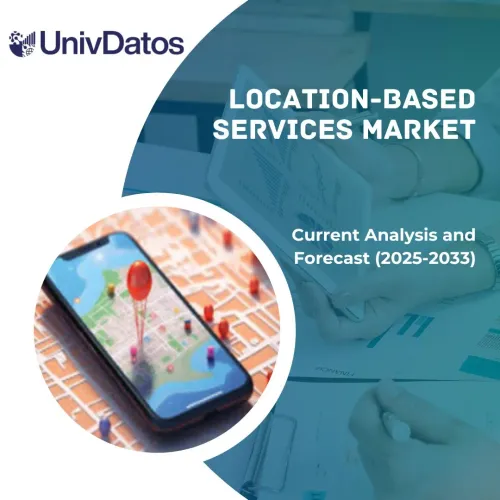- Home
- About Us
- Industry
- Services
- Reading
- Contact Us
Freight Forwarding Software Market: Current Analysis and Forecast (2021-2027)
Emphasis on Type (Rail Freight Software, Road Freight Software, Ocean Freight Software, Air Freight Software); Application (Third-Party Logistics, Forwarders, Shippers and Carriers, Others); Region/Country
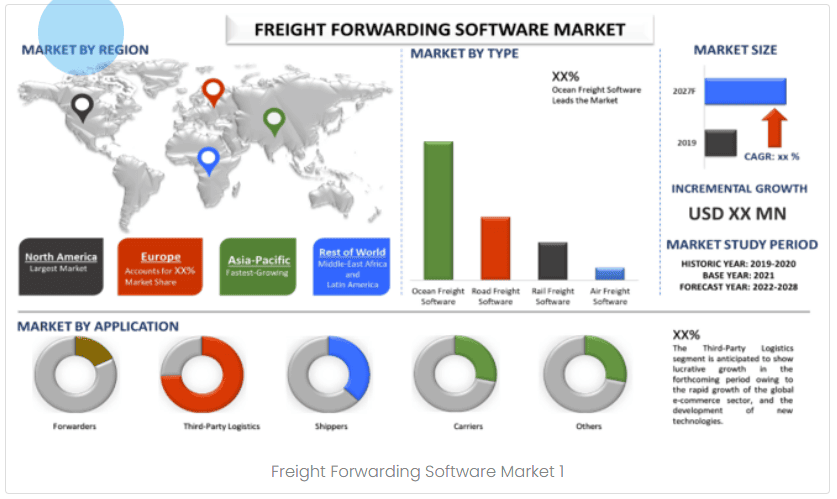
Freight Forwarders acts as an intermediate for intermodal transportation which brings many benefits, such as increased safety for the goods and faster delivery. A freight forwarder’s job involves the tracking of inland transportation, warehousing, preparation of shipping and export documents, freight consolidation, booking cargo space, negotiating freight charges, cargo insurance, and filing of insurance claims. Freight forwarding software allows the management, as well as control of air freight, land freight, sea freight, warehouse, transport, customs, and integrate it with customer relationship management (CRM), billing, & financial accounting online from anywhere, anytime with any device. The demand for freight forwarding software is rising on account of the implementation of cloud and big data analytics across various industries, the emergence of advanced solutions in cargo security, transportation, and safety. For instance, in 2021, Softlink Logistic Systems, India’s leading logistics software provider, announced the successful installation of Logi-Sys an end-to-end cloud freight forwarding software that provides easy and effective Domestic as well as International freight management systems for both Import and Export activities. It offers sophisticated functionalities to help freight forwarders by integrating entire operations, branches, and all the stakeholders of the supply chain into a single application. In addition, the advancements in communication technologies and the Internet of things (IoT) are also intensifying market growth. Furthermore, the rapidly increasing global trade activities and the need to control the time-in-transit is the key factor driving the market growth.
Top 10 IoT Application Areas, 2019
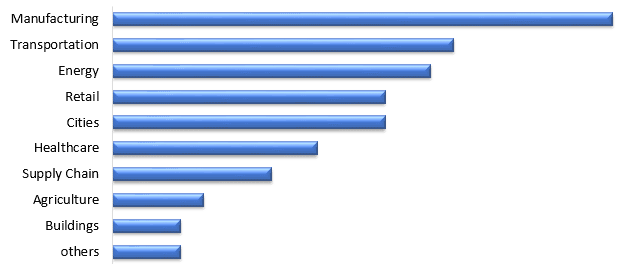
Insights Presented in the Report
“Amongst Type, Ocean Freight Software segment holds the major share.”
Based on Type, the market is fragmented into Rail Freight Software, Road Freight Software, Ocean Freight Software, and Air Freight Software. The Ocean Freight Software segment dominated the market in 2020 and is anticipated to show lucrative growth in the upcoming period due to the rising infrastructure developments, rising purchasing power, and booming internet penetration. In addition, the high preference for Sea freight forwarding by several industries and rise in strategic partnerships also propels the segment growth. Moreover, the increasing global cross-border e-commerce market is intensifying the less-than-container load (LCL) volume, which furthers shows a positive impact on the ocean freight forwarding segment growth. Furthermore, the increasing container port throughput, rising trade volume in European trade routes, and the rising number of Free trade agreements (FTAs) are driving the segment growth. As per the United Nations Conference on Trade and Development, over 70 percent of global trade by value and around 80 percent of global trade by volume are carried by the ocean and are handled by ports.
“Amongst Application, Third-Party Logistics is anticipated to grow at the highest CAGR during the analyzed period.”
Based on Application, the market is fragmented into Third-Party Logistics, Forwarders, Shippers and Carriers, and Others. The Third-Party Logistics segment is anticipated to show lucrative growth in the forthcoming period owing to the rapid growth of the global e-commerce sector, and the development of new technologies. The rise in focus on outsourcing the logistics activity amongst shippers to enhance their cost-effectiveness and operations drives the segment growth. As per the research and consulting firm Armstrong & Associates Inc., the global logistics market was $9.6 trillion in 2018, and Trucking accounted for 43% of total logistics costs globally.
“North America signifies one of the largest markets and is expected to be the fastest-growing markets of Freight Forwarding Software market.”
For a better understanding of the market adoption of Freight Forwarding Software, the market is analyzed based on its worldwide presence in the countries such as North America (United States, Canada, and the Rest of North America), Europe (Germany, France, Italy, Spain, United Kingdom and Rest of Europe), Asia-Pacific (China, Japan, India, Australia, and Rest of APAC), and Rest of World. North America will dominate the Freight Forwarding Software market on account of the rising demand for cold storage, and tight truck capacity across the U.S. Moreover, the increasing demand for the foreign goods in the emerging economies, such as Indonesia, India, and Thailand. In addition, the rising GDP in North America region also derives the market growth. As per the World Trade Organization, the North America GDP at market exchange rates should increase by 11.4% in 2021 in comparison to the pervious year. Some of the major players operating in the market include WiseTech, Descartes, Oracle, Werner Enterprises, Mercurygate, SAP, Accenture, Jda Software, Db Schenker, and C.H. Robinson (TMC). Several M&As along with partnerships have been undertaken by these players to boost their presence in different regions.
Reasons to buy this report:
- The study includes market sizing and forecasting analysis validated by authenticated key industry experts
- The report presents a quick review of overall industry performance at one glance
- The report covers an in-depth analysis of prominent industry peers with a primary focus on key business financials, product portfolio, expansion strategies, and recent developments
- Detailed examination of drivers, restraints, key trends, and opportunities prevailing in the industry
- The study comprehensively covers the market across different segments
- Deep dive regional level analysis of the industry
Customization Options:
The Freight Forwarding Software market can further be customized as per the requirement or any other market segment. Besides this, UMI understands that you may have your own business needs, hence feel free to connect with us to get a report that completely suits your requirements.
Table of Content
Analyzing the historical market, estimation of the current market, and forecasting the future market of the Global Freight Forwarding Software market were the three major steps undertaken to create and analyze the adoption of Freight Forwarding Software for the different applications across major Applications such as Third-Party Logistics, Forwarders, Shippers and Carriers, and Others. Exhaustive secondary research was conducted to collect the historical market numbers and estimate the current market size. Secondly, to validate these insights, numerous findings and assumptions were taken into consideration. Moreover, exhaustive primary interviews were also conducted, with industry experts across the value chain of the Freight Forwarding Software sector. Post assumption and validation of market numbers through primary interviews, we employed a top-down/ bottom-up approach to forecast the complete market size. Thereafter, market breakdown and data triangulation methods were adopted to estimate and analyze the market size of segments and sub-segments the industry pertains to.
Detailed methodology is explained below:
Analysis of Historical Market Size
Step 1: In-Depth Study of Secondary Sources:
Detailed secondary study was conducted to obtain the historical market size of the Freight Forwarding Software through company internal sources such as annual reports & financial statements, performance presentations, press releases, etc., and external sources including journals, news & articles, government publications, competitor publications, sector reports, third-party database, and other credible publications.
Step 2: Market Segmentation:
After obtaining the historical market size of the Freight Forwarding Software market, we conducted a detailed secondary analysis to gather historical market insights and share for different segments for major regions. Major segments included in the report are Type, Applications, and Region. Further country-level analyses were conducted to evaluate the overall adoption of Freight Forwarding Software in every region.
Step 3: Factor Analysis:
After acquiring the historical market size of different segments and sub-segments, we conducted a detailed factor analysis to estimate the current market size of Freight Forwarding Software. Further, we conducted factor analysis using dependent and independent variables such as implementation of cloud and big data analytics across various industries, the emergence of advanced solutions in cargo security, transportation, and safety.
Current Market Size Estimate & Forecast
Current Market Sizing: Based on actionable insights from the above 3 steps, we arrived at the current market size, key players in the Freight Forwarding Software Market, and market shares of the segments. All the required percentage shares split, and market breakdowns were determined using the above-mentioned secondary approach and were verified through primary interviews.
Estimation & Forecasting: For market estimation and forecast, weights were assigned to different factors including drivers & trends, restraints, and opportunities available for the stakeholders. After analyzing these factors, relevant forecasting techniques i.e., the top-down/ bottom-up approach was applied to arrive at the market forecast about 2027 for different segments and subsegments across the major markets globally. The research methodology adopted to estimate the market size encompasses:
- The industry’s market size, in terms of value (USD) and the adoption rate of Freight Forwarding Software across the major markets domestically
- All percentage shares, splits, and breakdowns of market segments and sub-segments
- Key players in the Freight Forwarding Software market in terms of services offered. Also, the growth strategies adopted by these players to compete in the fast-growing market.
Market Size and Share Validation
Primary Research: In-depth interviews were conducted with the Key Opinion Leaders (KOLs) including Top Level Executives (CXO/VPs, Sales Head, Marketing Head, Operational Head, and Regional Head, Country Head, etc.) across major regions. Primary research findings were then summarized, and statistical analysis was performed to prove the stated hypothesis. Inputs from primary research were consolidated with secondary findings, hence turning information into actionable insights.
Split of Primary Participants in Different Regions
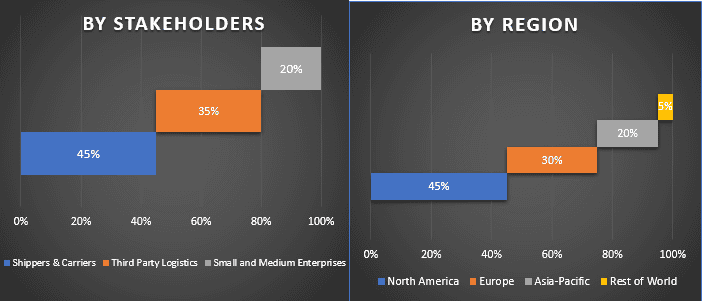
Market Engineering
Data triangulation technique was employed to complete the overall market estimation and to arrive at precise statistical numbers of each segment and sub-segment of the Freight Forwarding Software market. Data was split into several segments & sub-segments post studying various parameters and trends in the areas of Type, Applications, and Region of the Freight Forwarding Software market.
Main Objective of the Freight Forwarding Software market Study
The current & future market trends of Freight Forwarding Software were pinpointed in the study. Investors can gain strategic insights to base their discretion for investments from the qualitative and quantitative analysis performed in the study. Current and future market trends were determined the overall attractiveness of the market at a regional level, providing a platform for the industrial participant to exploit the untapped market to benefit as a first-mover advantage. Other quantitative goals of the studies include:
- Analyze the current and forecast market size of Freight Forwarding Software in terms of value (USD). Also, analyze the current and forecast market size of different segments and sub-segments.
- Segments in the study include areas of Type, Applications, and Region
- Define and analysis of the regulatory framework for the Freight Forwarding Software industry
- Analyze the value chain involved with the presence of various intermediaries, along with analyzing customer and competitor behaviors of the industry
- Analyze the current and forecast market size of the Freight Forwarding Software market for the major region
- Major regions studied in the report include North America (the United States and Canada), Europe (Germany, France, Italy, Spain, and United Kingdom), Asia-Pacific (China, Japan, India, Australia and South Korea), and Rest of the World
- Company profiles of the Freight Forwarding Software market and the growth strategies adopted by the market players to sustain in the fast-growing market
- Deep dive regional level analysis of the industry
Related Reports
Customers who bought this item also bought







